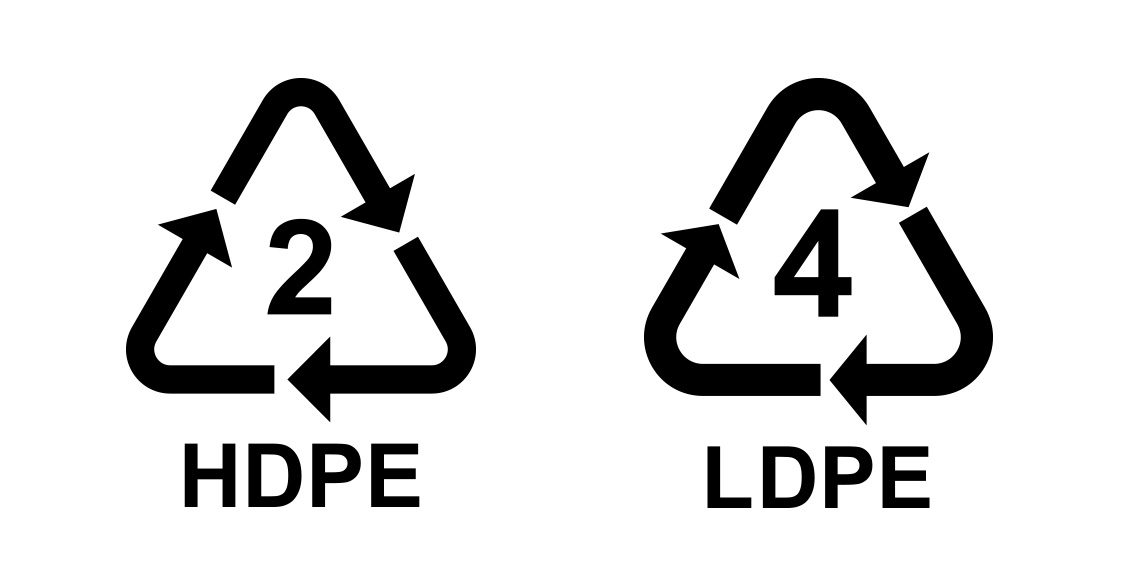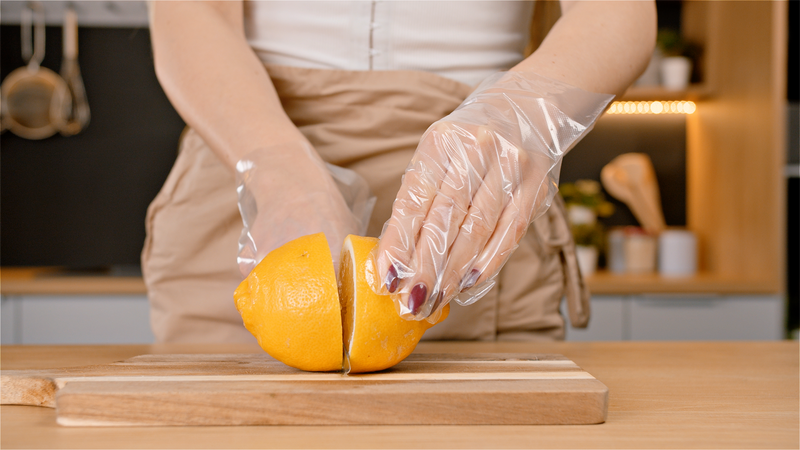In 1898, Hans von Pechmann (German chemist) accidentally created polyethylene. The same happened in 1933 to Reginald Gibson and Eric Fawcett. A key benefit of polyethylene is that it doesn’t release chemicals into food (non-leaching plastic). This makes polyethylene gloves ideal for food service.
What Are PE Gloves Made From?

Ethylene becomes polyethylene, a thermoplastic, through synthesis. It solidifies into various shapes as it cools from a liquid.
Among polyethylenes, HDPE is the hardest and stiffest, while LDPE is thinner and more flexible. Polyethylene’s uses range from plastic bags to bottles and gloves.
Despite its flexibility and toughness, polyethylene isn’t as durable as nitrile, vinyl, or latex.
How Are Polyethylene Gloves Made?

Making polyethylene gloves is much simpler than nitrile, vinyl, or latex ones. They start with shaping two polyethylene sheets, which are then heat-sealed together to form the gloves. This skips the dipping step in other materials, making them cheaper and easier to produce, but also less waterproof.
How Are These Gloves Tested?

D5151 actively finds holes in polyethylene food service gloves, weakening their barrier. This method sets a quality standard for holes and lets manufacturers track them in their gloves.
The test starts by clamping a mandrel upright. The glove is stretched on the bottom, with 40 mm of cuff coverage. A clamp holds it, and the rest hangs loose. Then, at least 1000 cubic centimeters of 15-30°C water are poured in.
Finally, the glove is checked for leaks, both right away and after 2 minutes.
